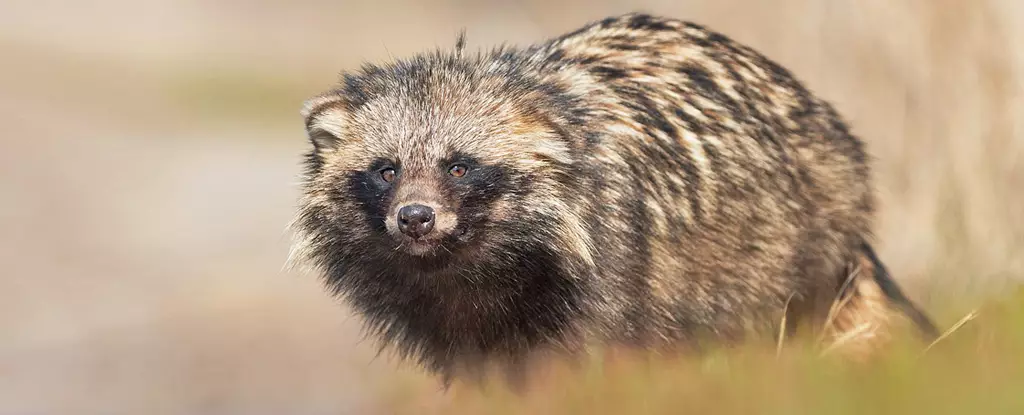The COVID-19 pandemic has undeniably reshaped global health dynamics, igniting widespread speculation and concern regarding its origins. A critical analysis of emerging research sheds light on the potential pathway of the virus from wildlife to humans, particularly focusing on the Huanan seafood market in Wuhan, China. A recent study delves into the intricacies of this transition while providing insights into the animal species implicated in the virus’s spread.
The initial signals of a new respiratory illness surfaced in late 2019 within Wuhan, the capital of Hubei province. The Huanan market, known for its diverse array of seafood and wildlife, quickly became the focal point of investigations. This market, alongside the Wuhan Institute of Virology (WIV), drew significant attention as researchers examined the origins of SARS-CoV-2. The proximity of the market and the WIV sparked theories and debates surrounding the potential for a lab-related incident, though conclusive evidence for a lab leak remains elusive. Virologists predominantly lean towards a natural spillover from animals as the likelier scenario.
In pursuit of clarity regarding COVID-19’s origins, an interdisciplinary team of researchers undertook a comprehensive analysis utilizing metagenomic RNA data obtained shortly after the closure of the Huanan market. Senior author Florence Débarre, an evolutionary biologist, emphasized the significance of the dataset, stating it stands as one of the most critical resources available for understanding the pandemic’s inception.
The research team from the Chinese CDC promptly entered the closed market on January 1, 2020, albeit after the removal of the animals. Through meticulous sampling of surfaces, stalls, and wastewater, they sought to uncover remnants of the infectious agents that might have been present. The application of metatranscriptomic sequencing allowed researchers to decode RNA and DNA sequences from the collected samples, establishing connections between the early cases of SARS-CoV-2.
The results of the study poised significant implications for understanding the zoonotic nature of the virus. Although the original CDC study published in 2023 yielded a wealth of data, it refrained from explicitly naming potential intermediate hosts. However, the recent analysis took a step further by employing techniques to identify animal species present in the samples through the examination of mitochondrial genomes.
Notably, raccoon dogs and civets emerged as potential carriers, with genetic material from these species detected alongside signs of the virus in specific stalls. The presence of genetic material, although not offering concrete proof of infection, reinforces the narrative that these animals could have played a role in SARS-CoV-2 transmission. This speculation aligns with historical data linking previous coronaviruses to similar wildlife species.
The combination of environmental sampling and genetic analysis contributes to a growing consensus regarding the market’s involvement in the early stages of the pandemic. The evolutionary analysis further posits that the virus’s diversity primarily existed within the market, suggesting that any human infections likely arose in relation to market activities. This assertion underscores the importance of addressing the zoonotic risks associated with wildlife trading, particularly in densely populated urban environments.
This research not only elucidates the conditions present at the market conducive to zoonotic spillovers but also emphasizes the potential dangers stemming from interactions between wild animals and humans. Experts call attention to the profound implications of continuing wildlife trade practices, especially amidst escalating global population densities which facilitate rapid viral transmission.
The findings from this study form a critical part of the broader narrative surrounding the origins of COVID-19, reinforcing the argument that wildlife markets pose significant public health risks. Moreover, the collective evidence paves the way for more extensive research into the animal-to-human transmission pathways, providing critical lessons for future pandemic preparedness.
While this investigation does not conclusively identify infected animals, it fosters a heightened awareness of the ecological interface between humans and wildlife. As calls for enhanced biosecurity and wildlife management resonate through the scientific community, it becomes increasingly evident that lessons learned from this experience must inform policies to mitigate the risk of future outbreaks. Balancing conservation with public health safety remains an imperative goal as humanity navigates the multifaceted challenges posed by emerging infectious diseases.


Leave a Reply